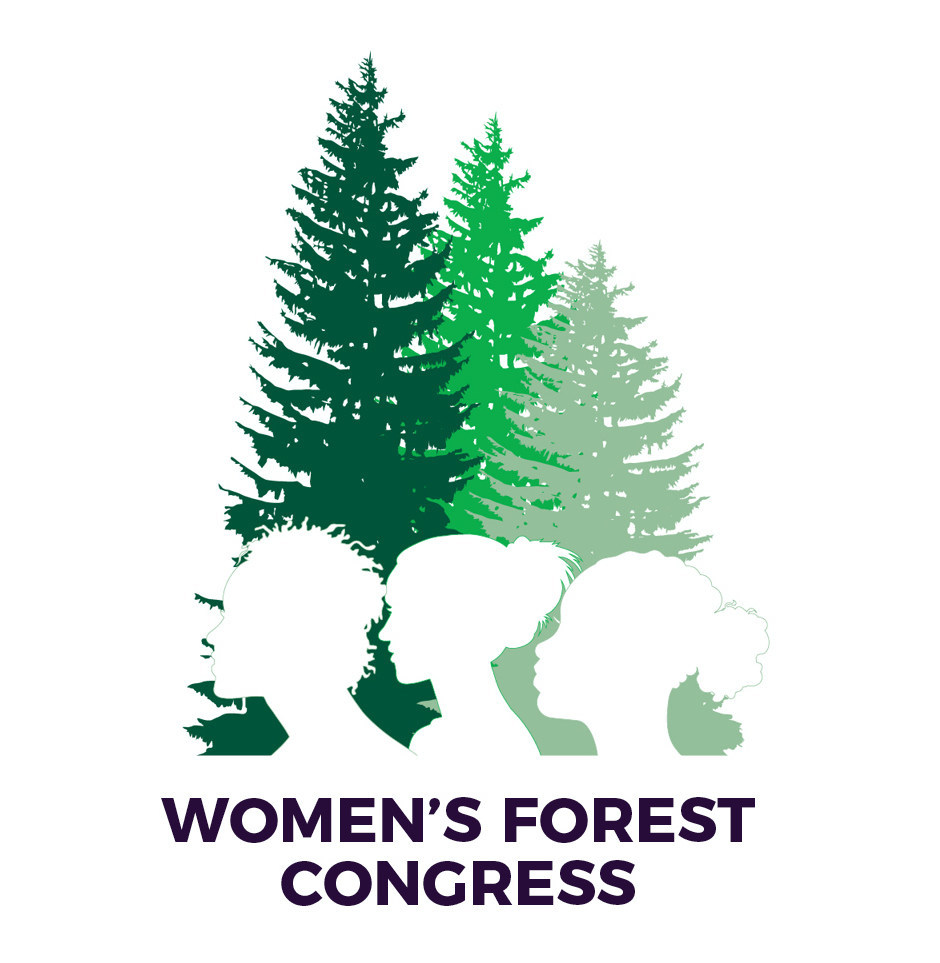 WASHINGTON and OTTAWA — The Sustainable Forestry Initiative… shared the news of its new forest certification standard revisions, which advance solutions to some of the world’s most pressing sustainability challenges. The new standards build on SFI’s announcement at the IUCN World Conservation Congress 2016 of the formation of the Conservation Impact Project, which is focused on addressing climate change, biodiversity, and water quality on the SFI footprint. This combination of SFI’s standards and conservation work helps provide nature-based solutions to global challenges such as climate change, while contributing to biodiversity. …One highlight of the new standards is the SFI Climate Smart Forestry Objective. Forests play a central role in the carbon cycle and with proper management can be one of the most effective nature-based solutions to the climate crisis.
WASHINGTON and OTTAWA — The Sustainable Forestry Initiative… shared the news of its new forest certification standard revisions, which advance solutions to some of the world’s most pressing sustainability challenges. The new standards build on SFI’s announcement at the IUCN World Conservation Congress 2016 of the formation of the Conservation Impact Project, which is focused on addressing climate change, biodiversity, and water quality on the SFI footprint. This combination of SFI’s standards and conservation work helps provide nature-based solutions to global challenges such as climate change, while contributing to biodiversity. …One highlight of the new standards is the SFI Climate Smart Forestry Objective. Forests play a central role in the carbon cycle and with proper management can be one of the most effective nature-based solutions to the climate crisis.
/https://www.therecord.com/content/dam/therecord/opinion/2021/09/01/more-care-for-our-old-trees-please/maple_55_young_1.jpg)
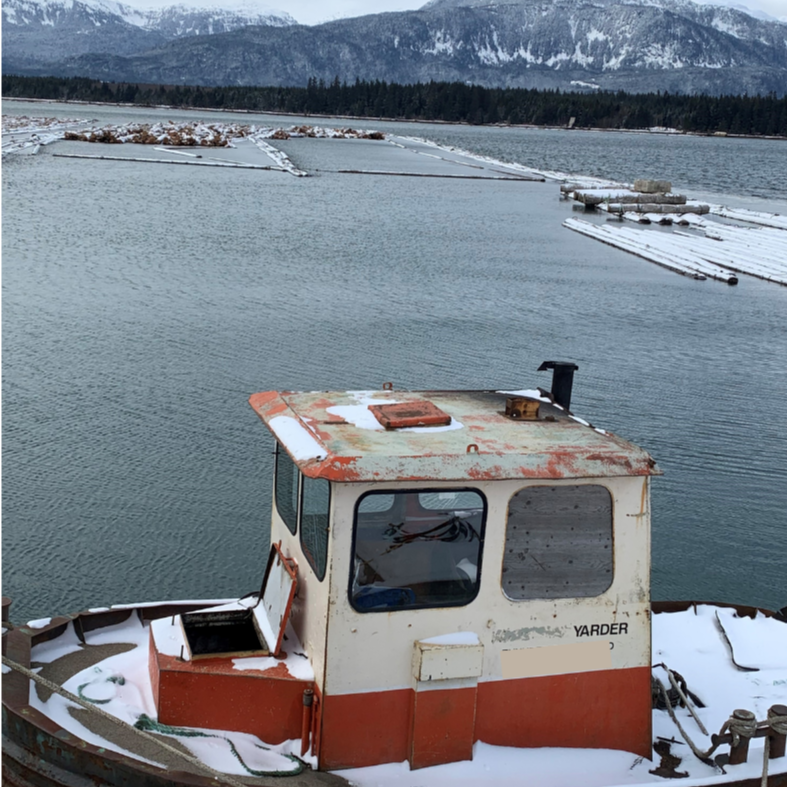
 While weather conditions remain dry on Vancouver Island and the 2021 wildfire season is not yet over, Mosaic Forest Management is thanking the public for its help with wildfire prevention and reporting so far this summer. Prompt public reporting helps officials respond quickly to wildfires and has been a key part of rapid response to wildfires throughout BC this season. Early reporting by the public, along with Mosaic’s access to extensive firefighting resources, including air tankers, helicopters, water tenders, excavators and fire crews, helps ensure Mosaic can respond quickly, efficiently and safely to wildfires on its private forest lands. Mosaic thanks the public for the important role it has played this summer in reporting wildfires, observing burning restrictions, and respecting access closures on Mosaic forest lands.
While weather conditions remain dry on Vancouver Island and the 2021 wildfire season is not yet over, Mosaic Forest Management is thanking the public for its help with wildfire prevention and reporting so far this summer. Prompt public reporting helps officials respond quickly to wildfires and has been a key part of rapid response to wildfires throughout BC this season. Early reporting by the public, along with Mosaic’s access to extensive firefighting resources, including air tankers, helicopters, water tenders, excavators and fire crews, helps ensure Mosaic can respond quickly, efficiently and safely to wildfires on its private forest lands. Mosaic thanks the public for the important role it has played this summer in reporting wildfires, observing burning restrictions, and respecting access closures on Mosaic forest lands./cloudfront-us-east-1.images.arcpublishing.com/tgam/HB5C45GVRBDY5FF5N42HJUH4IU.jpg)

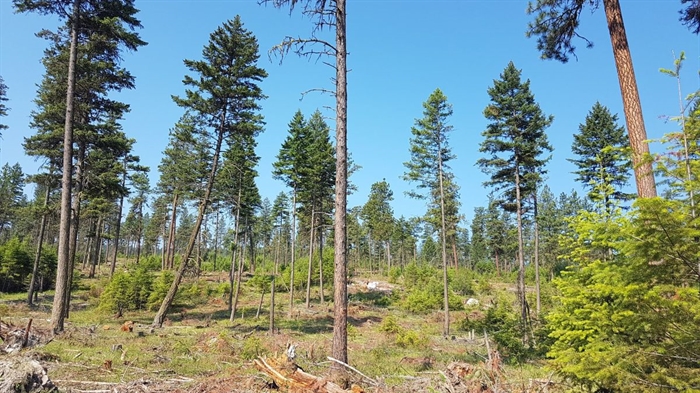

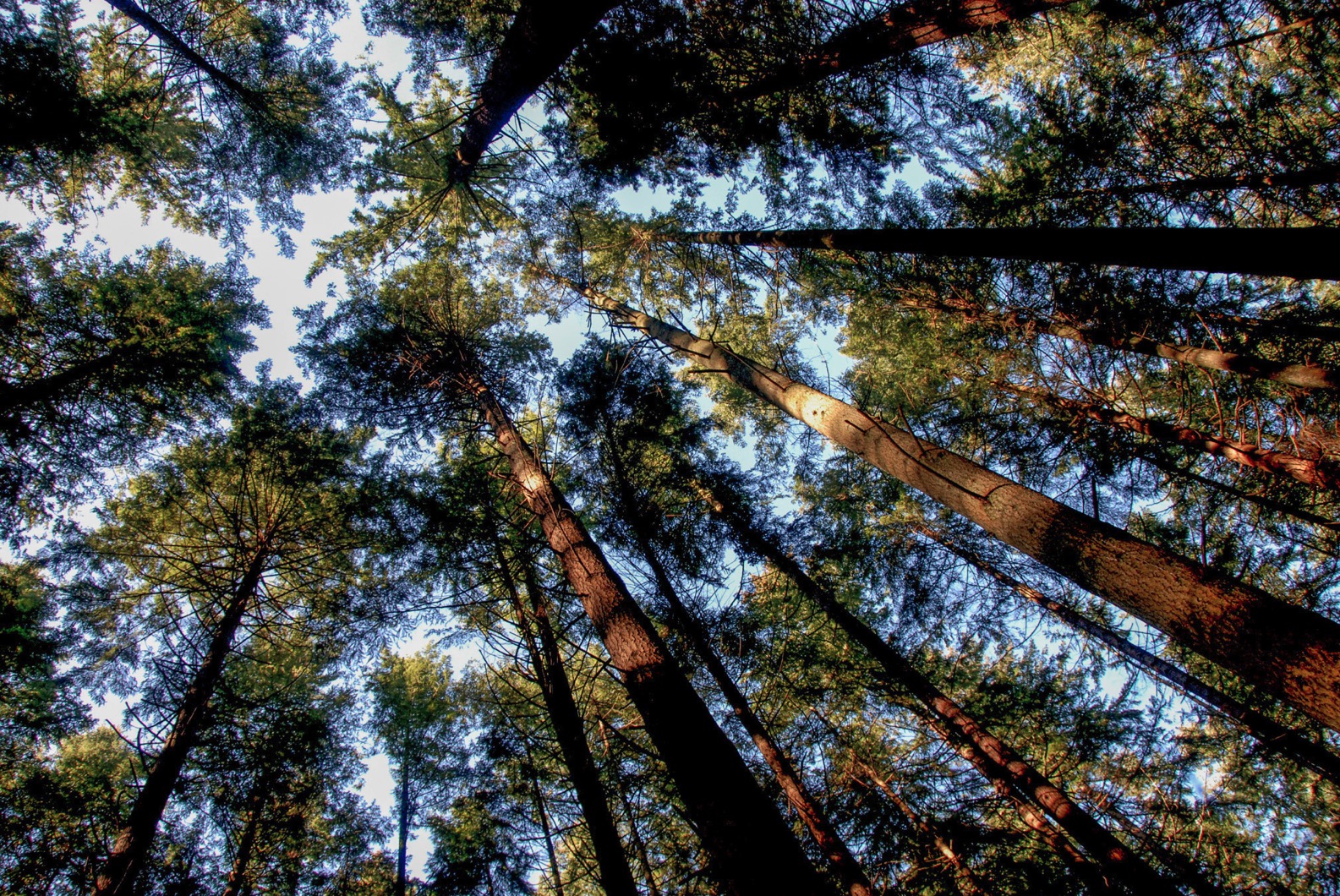 The Municipality of North Cowichan and the Quw’utsun Nation have signed a Memorandum of Understanding that outlines the establishment of a Municipal Forest Reserve working group to share information in relation to the stewardship and use of the MFR for the benefit of the community. …The agreement signifies the commitment by both parties to continue meeting and discussing activities in the MFR. …Knowledge gained from First Nations consultation will help inform and guide the concurrent technical review of the MFR by the UBC Partnership Group and the public engagement process that will support the review. The outcome will include possible scenarios for council’s consideration on the future management of the MFR, which will then form the foundation and framework for a new long-term forest management plan for the municipality.
The Municipality of North Cowichan and the Quw’utsun Nation have signed a Memorandum of Understanding that outlines the establishment of a Municipal Forest Reserve working group to share information in relation to the stewardship and use of the MFR for the benefit of the community. …The agreement signifies the commitment by both parties to continue meeting and discussing activities in the MFR. …Knowledge gained from First Nations consultation will help inform and guide the concurrent technical review of the MFR by the UBC Partnership Group and the public engagement process that will support the review. The outcome will include possible scenarios for council’s consideration on the future management of the MFR, which will then form the foundation and framework for a new long-term forest management plan for the municipality.
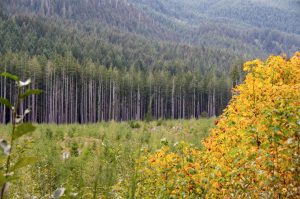 The Alberta government has directed a forestry company to harvest old-growth trees in caribou habitat where the province has already spent millions and signed agreements to help the herds survive, environmental groups say. The Canadian Parks and Wilderness Society and the Alberta Wilderness Association said Thursday that government maps show West Fraser Timber has been directed to clear-cut blocks that contain century-old trees next to a park in northwest Alberta… West Fraser said it’s following direction from the government. “We have been directed by government to operate in this specific area and away from other areas … The province’s direction to operate in these areas is intended as an interim measure to allow harvesting and protect jobs and caribou.”
The Alberta government has directed a forestry company to harvest old-growth trees in caribou habitat where the province has already spent millions and signed agreements to help the herds survive, environmental groups say. The Canadian Parks and Wilderness Society and the Alberta Wilderness Association said Thursday that government maps show West Fraser Timber has been directed to clear-cut blocks that contain century-old trees next to a park in northwest Alberta… West Fraser said it’s following direction from the government. “We have been directed by government to operate in this specific area and away from other areas … The province’s direction to operate in these areas is intended as an interim measure to allow harvesting and protect jobs and caribou.”
 There will be an increased presence of Tahltan guardians and B.C. conservation officers within Tahltan Territory this year, as the Province of British Columbia and the Tahltan Central Government work together toward co-operative wildlife stewardship and continue their shared commitments to further reconciliation. These joint efforts are to respect and support the Tahltan Nation’s ongoing work to improve wildlife populations, food security and community safety, while ensuring hunting access for licensed hunters visiting Tahltan Territory this hunting season. “Wildlife and wildlife management is critically important to the Tahltan way of life,” said Katrine Conroy, Minister of Forests. “The B.C. and Tahltan governments are committed to working together on wildlife management for the benefit of the Tahltan and all British Columbians. This is part of the reconciliation path that we all walk together in support of prosperity for future generations.”
There will be an increased presence of Tahltan guardians and B.C. conservation officers within Tahltan Territory this year, as the Province of British Columbia and the Tahltan Central Government work together toward co-operative wildlife stewardship and continue their shared commitments to further reconciliation. These joint efforts are to respect and support the Tahltan Nation’s ongoing work to improve wildlife populations, food security and community safety, while ensuring hunting access for licensed hunters visiting Tahltan Territory this hunting season. “Wildlife and wildlife management is critically important to the Tahltan way of life,” said Katrine Conroy, Minister of Forests. “The B.C. and Tahltan governments are committed to working together on wildlife management for the benefit of the Tahltan and all British Columbians. This is part of the reconciliation path that we all walk together in support of prosperity for future generations.” An internal email by the acting commanding officer for the B.C. RCMP says “he’s open to the oversight of an independent agency” after recent events at the Fairy Creek watershed on Vancouver Island. In a memo to RCMP members obtained by Global News, Eric Stubbs said a group tried to block police access to roads in the watershed on Aug. 21. He said there was pushing and shoving and one officer suffered a concussion. Stubbs admitted pepper spray was used. Demonstrators have alleged police indiscriminately targeted peaceful protesters with pepper spray. Numerous complaints have been made to the Civilian Review and Complaints Commission for the RCMP. “I’m always open to the oversight of an independent agency that provides transparency needed in these sensitive and high profile events,” Stubbs said. He ended the memo saying criminality and violence have to be managed to ensure the safety of everyone.
An internal email by the acting commanding officer for the B.C. RCMP says “he’s open to the oversight of an independent agency” after recent events at the Fairy Creek watershed on Vancouver Island. In a memo to RCMP members obtained by Global News, Eric Stubbs said a group tried to block police access to roads in the watershed on Aug. 21. He said there was pushing and shoving and one officer suffered a concussion. Stubbs admitted pepper spray was used. Demonstrators have alleged police indiscriminately targeted peaceful protesters with pepper spray. Numerous complaints have been made to the Civilian Review and Complaints Commission for the RCMP. “I’m always open to the oversight of an independent agency that provides transparency needed in these sensitive and high profile events,” Stubbs said. He ended the memo saying criminality and violence have to be managed to ensure the safety of everyone.











 MISSOULA — Attention is once more turning to a legislative solution to wildfire as the Northern Rockies fire season winds down, and California’s rages on. MTN News takes a closer look at the proposals being floated by US Senator Steve Daines (R-MT). Whether it’s logging projects to thin the forest or other measures like prescribed burns, Sen. Daines continues to press for what he calls “sound forest management.” “The Forest Service has been clear and they stated we need to increase the treatment acreages by two to five times versus where we’re at today,” Sen. Daines said. “The Biden administration actually moved to decrease our timber harvest targets in Region 1.” Sen. Daines currently has three bills in the Senate. …Last year, a more comprehensive bill co-sponsored with California Senator Diane Feinstein didn’t make it through a turbulent Congress. But the West continues to burn, driven by record temperatures and drought.
MISSOULA — Attention is once more turning to a legislative solution to wildfire as the Northern Rockies fire season winds down, and California’s rages on. MTN News takes a closer look at the proposals being floated by US Senator Steve Daines (R-MT). Whether it’s logging projects to thin the forest or other measures like prescribed burns, Sen. Daines continues to press for what he calls “sound forest management.” “The Forest Service has been clear and they stated we need to increase the treatment acreages by two to five times versus where we’re at today,” Sen. Daines said. “The Biden administration actually moved to decrease our timber harvest targets in Region 1.” Sen. Daines currently has three bills in the Senate. …Last year, a more comprehensive bill co-sponsored with California Senator Diane Feinstein didn’t make it through a turbulent Congress. But the West continues to burn, driven by record temperatures and drought. Fire Safe Council of Nevada County (FSCNC) accomplishes our goal of reducing the threat and impact of wildfire in Nevada County through two major pathways: public education programs and fuels reduction projects. FSCNC has been awarded one of CAL FIRE’s Forest Health Grant Awards. We are pleased to announce this project award in the amount of $4,967,200.00 for the Western Nevada County Forest Health Objectives. Partnering agencies on this project include The US Forest Service, Fire Safe Council of Nevada County and several FireWise USA communities… This project… spans a three-year work plan focusing on fuel reduction and prescribed fire… Restoring forest land creates a healthier ecosystem for native species of plants and animals, improves biodiversity, reduces strain on the watershed, and provides better protection from wildfire to communities by reducing the intensity of fire that may pass through that forest land.
Fire Safe Council of Nevada County (FSCNC) accomplishes our goal of reducing the threat and impact of wildfire in Nevada County through two major pathways: public education programs and fuels reduction projects. FSCNC has been awarded one of CAL FIRE’s Forest Health Grant Awards. We are pleased to announce this project award in the amount of $4,967,200.00 for the Western Nevada County Forest Health Objectives. Partnering agencies on this project include The US Forest Service, Fire Safe Council of Nevada County and several FireWise USA communities… This project… spans a three-year work plan focusing on fuel reduction and prescribed fire… Restoring forest land creates a healthier ecosystem for native species of plants and animals, improves biodiversity, reduces strain on the watershed, and provides better protection from wildfire to communities by reducing the intensity of fire that may pass through that forest land.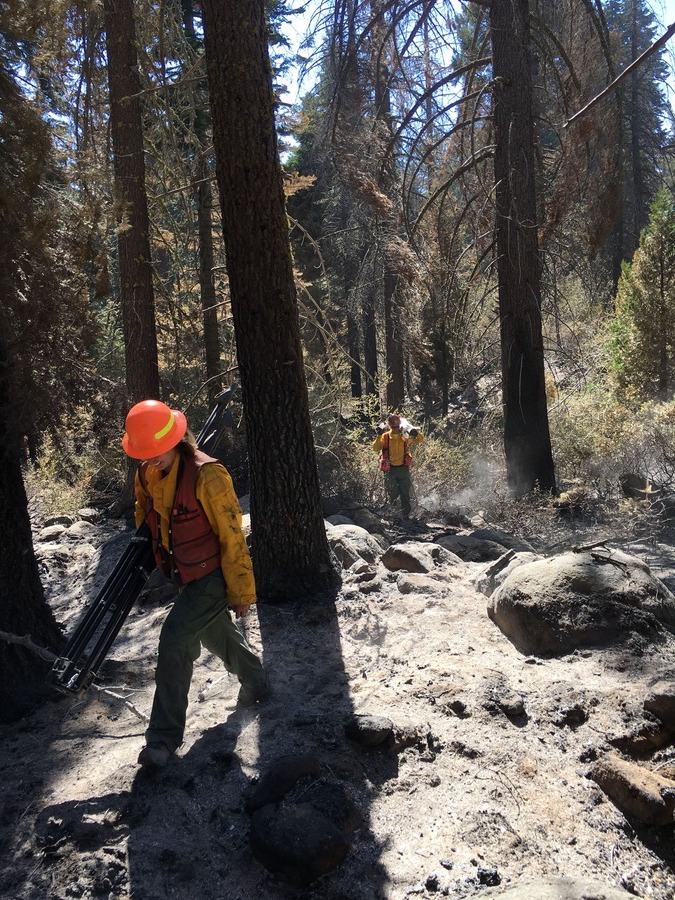
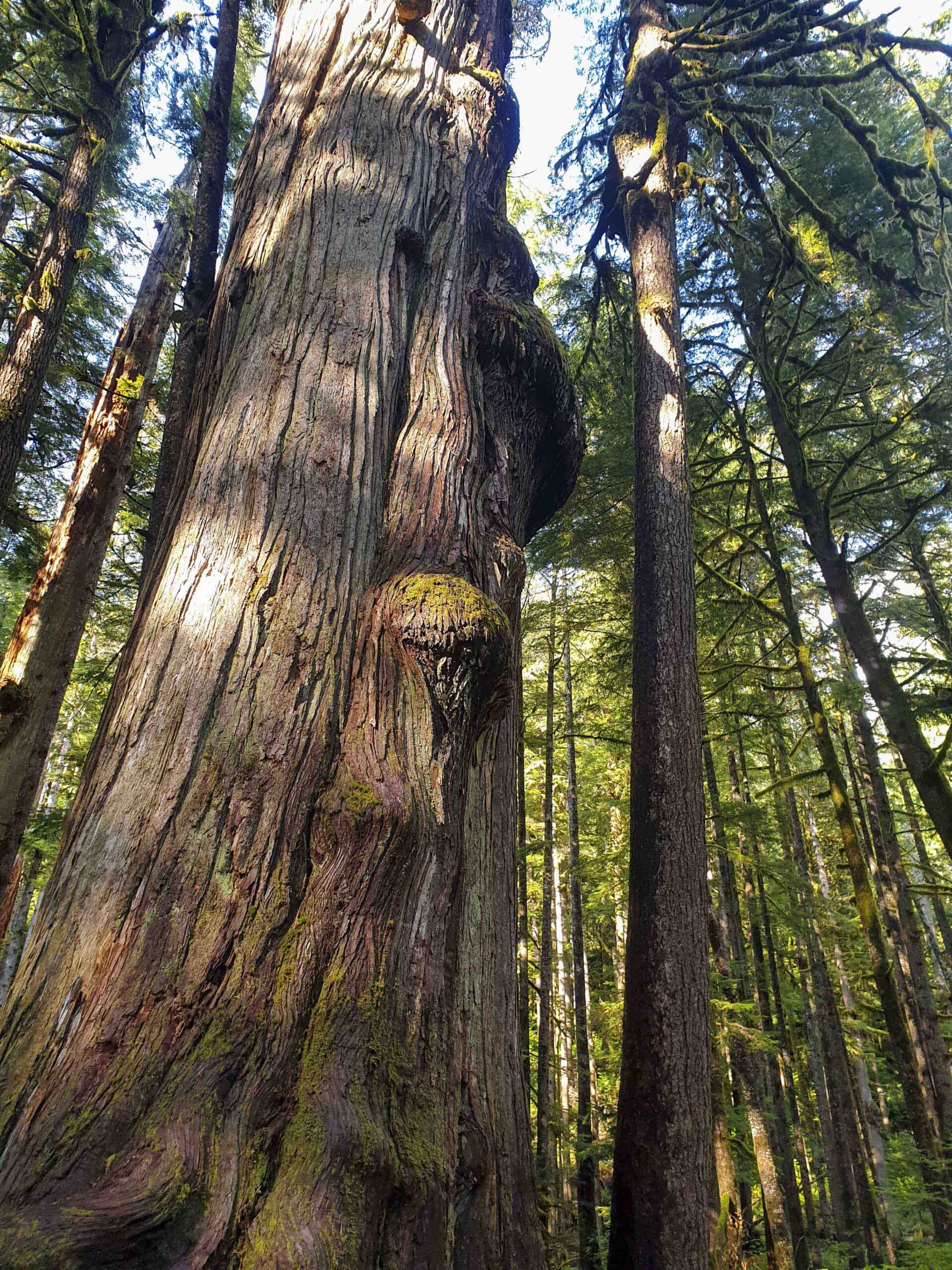 Coastal temperate rainforests are among the rarest ecosystems [and] crucial to carbon sequestration. …a forest ecologist tells Mongabay on a hike in Olympic National Park, “there’s not much left here on the Olympic Peninsula or just north of us in British Columbia.” British Columbia did the unexpected in 2016 by establishing the Great Bear Rainforest Agreement, protecting 6.4 million hectares of coastal old-growth forest. But elsewhere in the province, 97% of all tall, old-growth forest has been felled for timber and wood pellets. In the U.S., protection outside Olympic National Park is scant. New protections are promised, but old-growth logging continues apace. The U.N. says the world must aggressively reduce carbon emissions now, as scientists press the Biden administration to create a national Strategic Carbon Reserve to protect a further 20 million hectares of forested federal lands from logging to help meet U.S. carbon-reduction goals by 2030.
Coastal temperate rainforests are among the rarest ecosystems [and] crucial to carbon sequestration. …a forest ecologist tells Mongabay on a hike in Olympic National Park, “there’s not much left here on the Olympic Peninsula or just north of us in British Columbia.” British Columbia did the unexpected in 2016 by establishing the Great Bear Rainforest Agreement, protecting 6.4 million hectares of coastal old-growth forest. But elsewhere in the province, 97% of all tall, old-growth forest has been felled for timber and wood pellets. In the U.S., protection outside Olympic National Park is scant. New protections are promised, but old-growth logging continues apace. The U.N. says the world must aggressively reduce carbon emissions now, as scientists press the Biden administration to create a national Strategic Carbon Reserve to protect a further 20 million hectares of forested federal lands from logging to help meet U.S. carbon-reduction goals by 2030.

